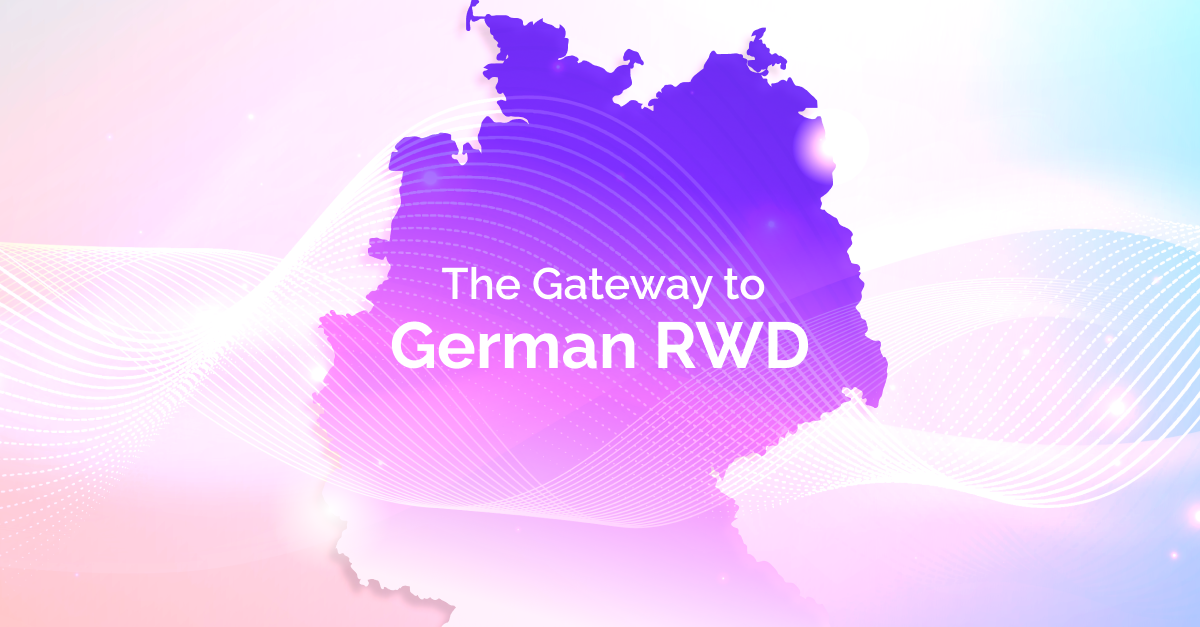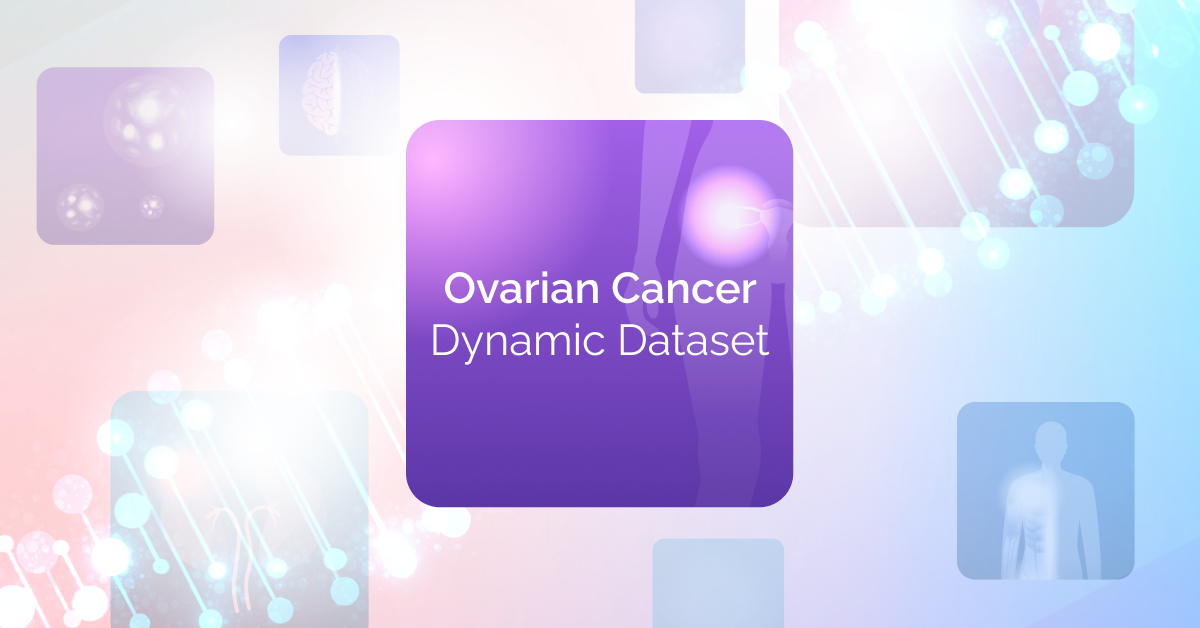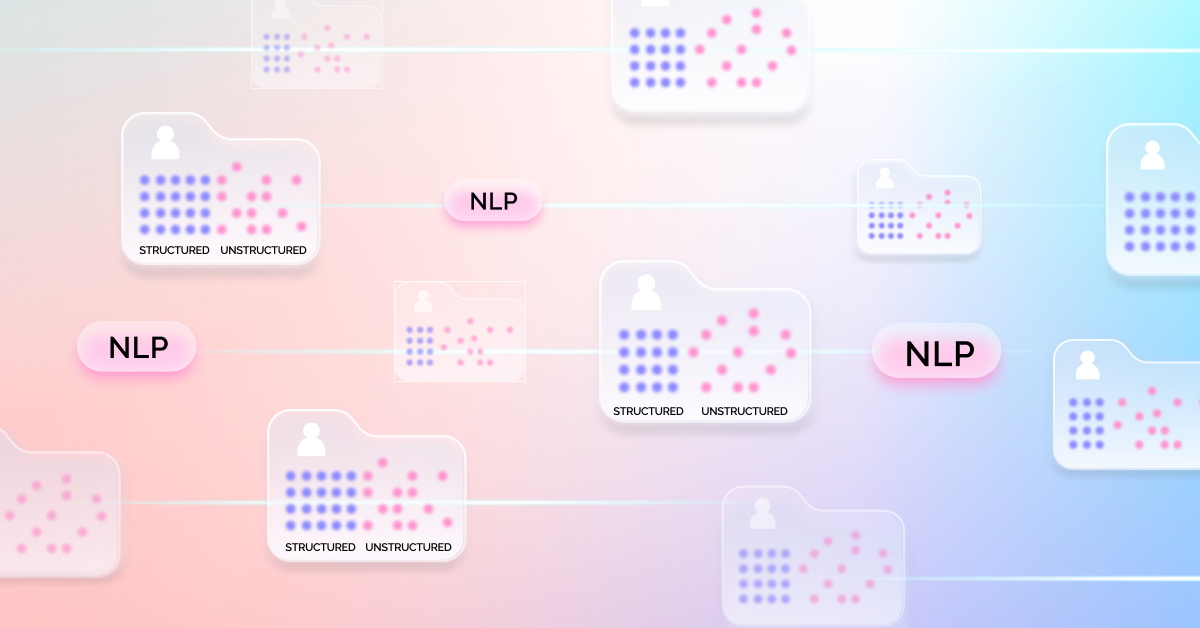Is Real-World Data (RWD) just modern epidemiology in disguise? Epidemiology has always been about uncovering knowledge and insight from data to guide decisions in health. What’s changing now is not the mission, but the scale, speed, and methods. Today’s epidemiologists are no longer limited to laborious, time-consuming data mining that demands substantial human input. Instead, they are tapping into real-time, real-world multiple datasets drawn from electronic health records, digital health apps, and more.
This shift is not a revolution; it’s an evolution. RWD is epidemiology with a modern toolkit – and it’s reshaping how we understand populations, prevent and treat diseases, intervene in crises, and build healthier systems.
Epidemiology, Then and Now
In the past, data collection was based on manual and detailed gathering of patient information, for example through interviews or resource-intensive chart reviews. Data was manually curated, variables were predefined, and study updates took years.
Today, with the digitization of health systems, vast amounts of patient-level data are being captured daily – and continuously. This includes extensive clinical data, lab results, treatment patterns, adverse events, and longitudinal outcomes. The principles of epidemiology and especially the need for comprehensive clean data remain intact, but the practice has changed profoundly.
Modern epidemiologists harness technologies such as AI and natural language processing (NLP) to automatically and rapidly access unstructured and complex data. This allows us to uncover information that was previously buried in free-text clinical notes, radiology reports, and discharge summaries.
These capabilities dramatically expand what epidemiology can do and how fast it can be done.
From Crises to Chronic Care
The COVID-19 pandemic exposed the limitations of traditional epidemiological workflows. With lives at stake, governments and health systems needed fast, data-driven answers.
That urgency spotlighted the power of RWD. Countries with integrated digital health infrastructures were able to detect outbreaks early, follow morbidity patterns, assess vaccine effectiveness in real-time, and adapt public health strategies on the fly. The lesson was clear: when epidemiology goes digital, our response becomes proactive rather than reactive.
But the value of RWD goes far beyond pandemics. It enables:
- Inclusive research, reflecting diverse real-life populations
- Outcome validation across broader and more representative cohorts
- Longitudinal insights, critical for chronic disease management and assessment of long-term safety and outcomes
- Smarter trial design, including optimizing inclusion/exclusion criteria
RWD helps bring science closer to reality. We can finally access robust data that accurately represents the population heterogeneity. It is now possible to access and converge comprehensive data across multiple sources and sites (outpatient, inpatient care, labs, and more) to gain complete patient journeys in a regulatory compliant manner.
The Role of Technology
The driving forces of this transformation are the advancements of data infrastructure, the increasing interconnectivity and access, as well as the introduction of privacy-first designs that ensure patient data integrity.
Solutions like Briya are paving the way with secure, decentralized systems that allow researchers to query live data across institutions while preserving patient privacy.
Key enablers include:
- Interoperability across siloed systems
- De-identification techniques that meet GDPR and HIPAA standards
- On-demand access to relevant datasets, without physical data movement
These tools aren’t just supporting epidemiology – they’re making next-generation epidemiology viable, compliant, and scalable.
RWD as the New Default
Epidemiology is not being replaced – it’s being amplified. The scientific rigor remains, but the methods and tools of data curation are improving and becoming more sophisticated. Real-World Data is not a side project. It’s not a trend. It’s becoming the default paradigm for understanding health at scale.
It is the natural progression of a discipline that has always been about data. Now, it simply has more – and better, more relevant – data to work with.
Some things remain the same, we must still remember that the core of good research remains the same: solid methodology and study design and high quality, validated data. It is our responsibility to avoid the two largest enemies of epidemiology: biases and confounders.
Final Thought
We should stop treating Real-World Data as something separate from epidemiology. It’s the same science, now supercharged with 21st century tools.
Real-World Data is modern epidemiology.




